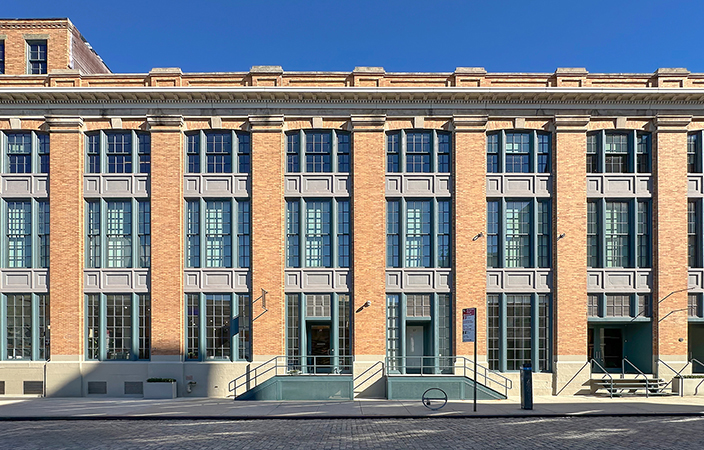The domino effect of rent stabilization in New York - by Sam Eshaghoff

Even though the slumps in retail and office values have been well-documented this decade, the most significant downfall in New York real estate is in rent stabilized multifamily. Maybe that’s because rent stabilized apartment owners have been reluctant to admit defeat, as their city confiscated their property rights in almost unbelievable fashion, leaving the city to rot.
Rent stabilization laws are meant to protect tenants from skyrocketing rents, but tenant advocacy groups won’t tell you the unintended effects that these laws have on apartment buildings and their owners, with long-term consequences for New York’s housing stock.
Strict rent regulation naturally leads to a degradation in housing quality. The reason is simple: when rents are restricted, owners can’t use higher rents to recoup the costs of building improvements. If owners can’t make the revenue they need for improvements like new kitchen appliances, tile grouting, better insulation, or a new heating system, they have little motivation to invest in their properties. The landlords of these buildings are being pinched, and so it should come as no surprise when they decide to keep slanted old staircases, or that they opt out of window cleaning, or that they aren’t resolving pest issues as frequently, or that winter temperatures are suboptimal as they try to minimize energy waste, or that they leave dilapidated apartments vacant altogether. Brewing over the course of years and spread across an entire city, housing stock markedly deteriorates, as do New Yorkers’ quality of life.
Rising rents are an important part of the housing market. NYC building owners’ operating expenses rise every year, and nominal rent increases won’t cut it. In most of the past ten years, the Rent Guidelines Board has restricted renewal rent increases to less than 2%, always below the rate of inflation, and certainly below the growth rate of the property taxes, maintenance, insurance, and utility costs that owners face. Extrapolated into the future, it’s easy to see a scenario where the economic returns of buying and investing in buildings diminishes to zero, or even a negative return. In this process is where the horror continues.
When it is no longer economically viable to operate a building, no matter how much owners invested to buy their buildings in the first place, they cut their losses and walk away from the building entirely. Deed surrenders happened en masse after inflation periods in the 1970s and 1980s, and New York can expect them to increase drastically now, especially in the face of higher interest rates. Many building owners who need to refinance their mortgages today find themselves underwater due to the restrictions placed on rent increases. This is starting to happen across the city: Owners who aren’t making enough money to cover their expenses and mortgage payments are “giving the keys” to their lenders, and just like that, the buildings lose their stewards.
When banks seize buildings from owners, they typically have no interest in long-term property management, and they sell the buildings as quickly as possible. This situation opens the door for lower-quality operators to acquire these properties at lower prices. Don’t be surprised when these opportunistic owners who salivated at buying “cheap” buildings are even less inclined to invest in building maintenance, leading to further deterioration of the housing stock.
Beyond historical rent stabilization laws, the Housing Stability & Tenant Protection Act of 2019 set the stage for a housing catastrophe. Its intention was to keep rents artificially lower and protect tenants, but it has instead disincentivized quality housing. I’m not brushing under the rug that there is a shortage of apartments that working-class New Yorkers can afford. The affordability crisis is real and worsening. However, the solution is not in artificially regulating buildings to death, especially because regulating rents of existing buildings does not solve for an ever-growing population that will continue to demand more apartments and put upward pressure on rents. Alternatively, there is a supply-side solution that involves building more new apartments in order to deflate rent prices. I am terrified of a world where we’ve taxed and regulated enterprisers so much that all we’re left with is a run-down shantytown. If we care about housing quality, we need to support and broaden a free market where landlords are incentivized to deliver the best quality product to market.
Sam Eshaghoff is the founder and Managing Principal of West Egg Development, Great Neck, NY.
SABRE coordinates sale of six properties totaling 199,845 s/f


Behind the post: Why reels, stories, and shorts work for CRE (and how to use them) - by Kimberly Zar Bloorian

Lasting effects of eminent domain on commercial development - by Sebastian Jablonski

Strategic pause - by Shallini Mehra and Chirag Doshi








.jpg)

.gif)